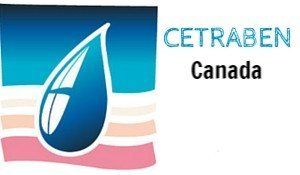Can I use Cetraben Emollient cream on my child?
- By David Harries
- •
- 16 Mar, 2017
- •
Some questions we get asked.

Cetraben was originally developed as a pediatric product for the treatment of eczema. It is in fact a “covered” product on UK formularies for the treatment of eczema and it is widely know not to contain harsh chemicals or irritants. This condition, very simply put, is a skin barrier problem. The skin is a barrier between everything inside you and everything outside, including bacteria and other irritants. In eczema, the skin is allowing too much moisture to escape from the body. To further complicate things, as the skin begins to flake, bacteria and other irritants find their way in, thus beginning the scratch itch cycle.
Step one, is you need to stop scratching. This might not be as easy as it sounds because the itch can get very intense. Remember this when dealing with a child. At this point you will need to apply as much emollient cream as you can, every time the itch feels hot. The emollient will cool and soften the skin. It would be difficult to apply too much so don’t be sparing and keep on applying as often as needed. If possible, see your doctor or dermatologist.
When dealing with a child, a simple application of emollient cream may be more difficult than it sounds. Try making it a positive and even fun experience for the child in exchange for some cooperation. The usual problem is getting the child to stay still. Try to warm the cream up in your hands a little to make it more comfortable for the child.
In most cases, the situation improves in a short time but it is very important to keep using emollient cream, it just won’t be required as often. It is also important to remember that relapses are usual but will be less severe if a good emollient regime is maintained. Also, try to keep a good humidity level and as dust free as possible in your residence. Try also to avoid tight itchy clothing. About 50% of children who have eczema outgrow the condition by the time they are 6 years of age but will remain sensitive to irritants.






